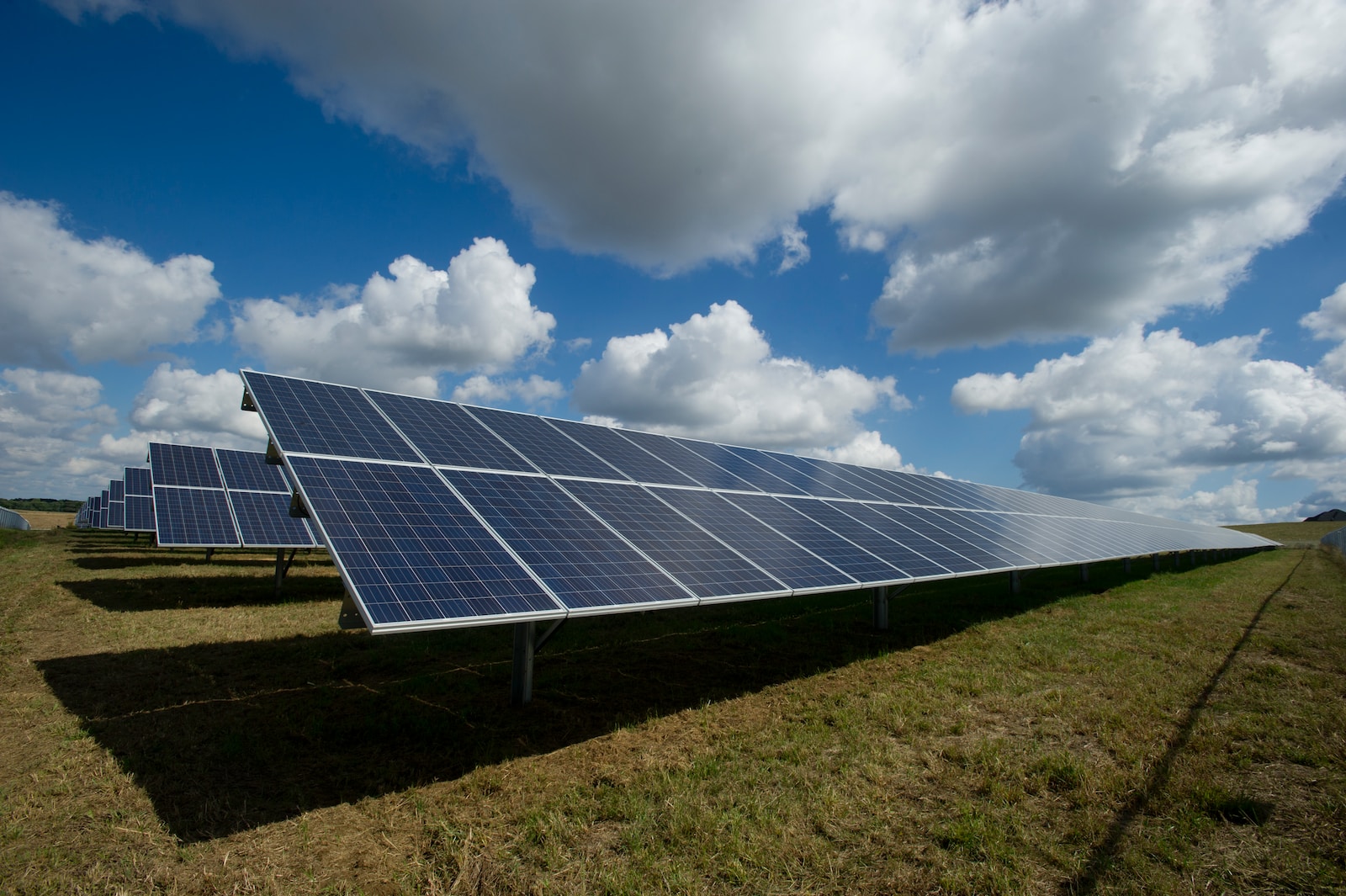How Much Do Solar Panels Cost?
Considering solar panels for your home? One of the primary concerns is the initial cost.
Fortunately, solar panels have become more affordable due to a price drop and manufacturers offering cost-effective solutions.
Factors like the panel array’s size, its quality, and your location will dictate the expense. Since 2010, solar installation costs have dropped by 82%, while electricity prices have risen.
As a result, homeowners can now save around $795 annually on energy bills. Given the current economy, this saving is noteworthy. It’s no surprise that over 1.2 million UK homes have gone solar.
On average, homes recover the initial solar investment in 14.1 years, providing at least 11 subsequent years of profit.
This article will delve into the detailed costs and benefits to guide your decision on solar installation.
How Much Is the Average Cost of Solar Panels?
In 1975, a 3.5 kWp solar system was priced at $42,000 or $120 per watt. By 1990, this rate had decreased to $8.99 per watt, dropping to almost $6 by 2000. Notably, the cost was just 16p per watt in 2020, significantly declining from $2.50 in 2010.
Today, the average 350W solar panel costs around $1,121, though prices fluctuate based on quality, size, and location.
How much they cost will depend on how many you need and your house size. For instance, for a two-bedroom house using 1,800kWh yearly, a six-panel setup might be about $6,728.
In contrast, a typical three-bedroom home might need a 3.5 kWp system for $12,279 spanning 20 square meters of roof, cutting power bills by 64%.
Individual panel prices range from $143 to $713.31, varying by output, efficiency, and type.
But depending on specifics like size and design, a panel’s cost can be between $71.32 and $999.
While the initial price can seem steep, factors like rising demand and the UK’s zero VAT on energy-saving products make solar more affordable for many.
Remember, solar setup costs can also include inverters and batteries.
Inverters, costing between $713.25 and $1,426.49, transform solar energy into usable power, lasting 10-12 years on average. Solar batteries, priced at around $6,419.21, store excess energy.
Despite the Initial Cost, How Much Money will you Save with Solar Panels?
Solar panels can slash your electricity bills by 64%, saving households between $471 and $1,113 annually.
Your savings, however, depend on factors like the solar system’s size, your home’s electricity consumption, panel efficiency, and the Smart Export Guarantee (SEG) rate.
Though the average home recovers the installation costs in about 14.1 years, advancements in solar technology are shortening this payback period.
A typical three-bedroom house can pocket savings of $8,561.47 after using solar panels for 11 years.
For homes in England or Wales that lack adequate insulation and have an income under $44,234.24, the Energy Company Obligation (ECO4) scheme might cover your solar panel costs.
Plus, with the SEG, you’re rewarded for installing solar panels. You can earn further reductions in energy bills by selling surplus energy back to the National Grid.
Utilizing half of the generated solar power can save a three-bedroom household around $568 annually. With a solar battery, you can save an additional $205.48.
Through the SEG, you get compensated for every kWh of solar power you supply to the grid.
Combining grid savings with SEG can result in a total yearly savings of $795 for a three-bedroom house.
When is The Right Time to Invest in Solar Panels?
While solar panel installation is often associated with the summer, it can operate even during cloudy or cold periods.
However, many view April and September as the optimal installation time, given the extended daylight hours that maximize electricity generation.
Plus, with a VAT exemption on solar installations available until 2027, households can recoup their investment in just seven years, halving the previous 14-year timeframe, thanks to decreasing solar panel costs.
If you’re considering installing solar panels in Doncaster, Eco Footprint Ltd is your go-to source for reliable renewable energy services.
FQAs
How are solar panel prices calculated?
There are two primary ways to determine the cost of a solar system: “price per watt ($/W),” which helps compare various solar offers, and “cost per kilowatt-hour,” used to contrast solar energy with traditional grid energy.
What is the future of solar panel prices?
The decline in solar panel installation costs is expected to continue. More affordable options have emerged, with the demand for solar panels doubling from 2021 to 2022. Given the current cost of living challenges and the popular hybrid work model, this trend will likely persist and even accelerate.
Can solar installation companies influence the cost?
Many solar companies provide incentives to lure new customers. While comparing prices is crucial, don’t just choose the cheapest. Instead, review testimonials and past projects to ensure the company is trustworthy and dependable.





